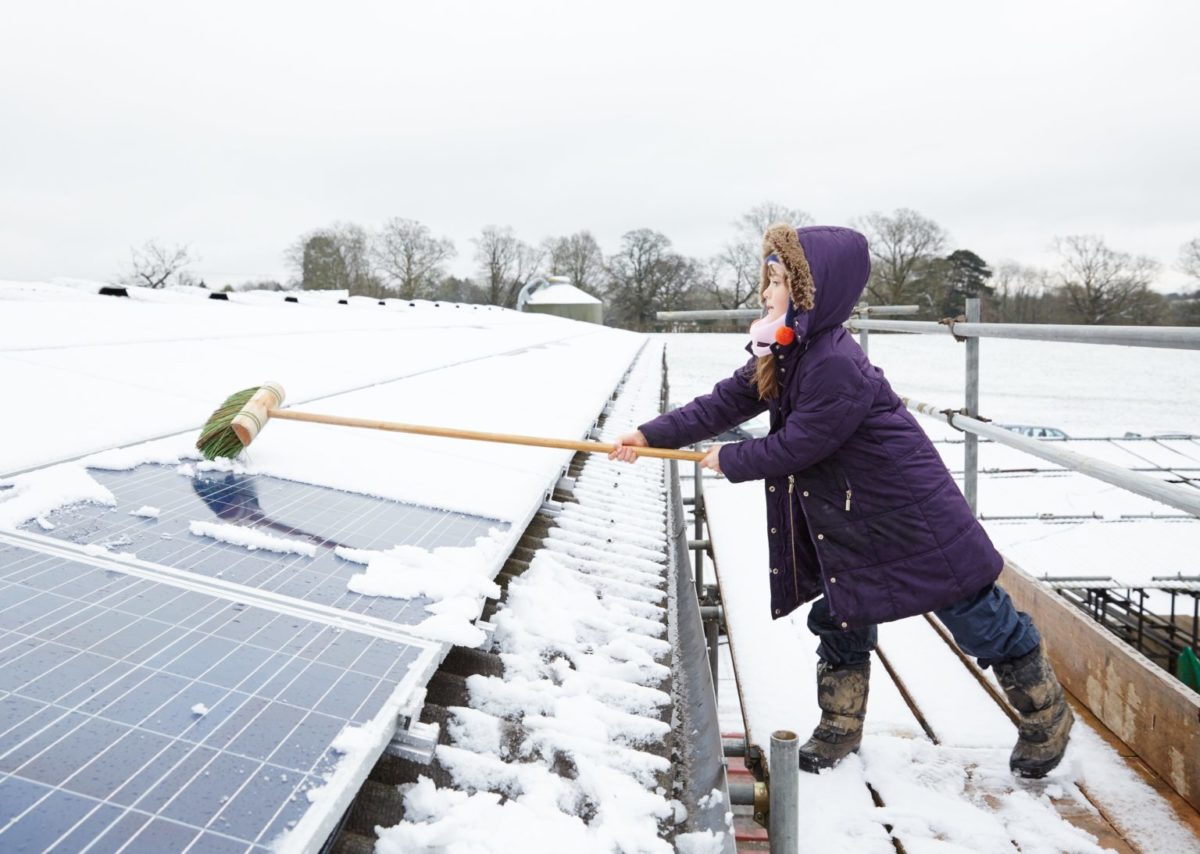Conceived by researchers in Canada, the novel method combines image processing and deep learning techniques to locate the areas of the solar panels covered with snow. It reportedly performed better than three other popular image processing-based segmentation methods.
Researchers from Canada’s University of Waterloo have developed a novel automated model for real-time snow cover detection on PV panels and energy loss estimation. The model is based on image processing and deep learning, using a convolutional neural network (CNN) and a timelapse set of images to identify the snow-covered area compared to the clean ones.
“In cold climates, where snow cover can last for days or weeks and result in up to a 34% energy loss, timely detection is crucial for maximizing the energy output of PV systems to minimize these losses,” said the researchers. “The ability to autonomously detect snow on PV systems is crucial not only for maximizing energy output but also for maintaining the integrity of solar panels and ensuring a stable power supply.”
The proposed method is structured in five steps. First, a dataset of 250 images featuring PV panels against different backgrounds is obtained. Then, the images are processed using various image transformation techniques to enlarge the dataset to 800 images. In this step, the research group manually created a binary black-and-white mask for each image, where white pixels represent the PV panels and black pixels represent the background.
In the next level, all pairs of images and masks are fed into U-Net CNN, a convolutional neural network that is specifically designed for image segmentation tasks. The model is asked to look at the dataset and identify PV panels. Then, it compares its results to the ready masks, and in case of mistakes, the images propagated back through the system.
In the fourth step, the model is validated against ground truth. In the last step, energy loss due to snow accumulation is estimated based on the differences in the coverage of the white pixels in the current image and the designated no-snow image. A mathematical model from previous literature is used to calculate energy loss.
“The presence of snow in the background can lead to confusion regarding whether it is on the panel or not, adding another layer of complexity to the accurate estimation of snow coverage,” the team explained. “To address these challenges, a reference image of the PV scene before the snowfall was used. This reference image should be from the same distance and angle as the test image and captured when no snow was present on the PV panels. Uniform camera settings across both reference and test images were essential to minimize discrepancies caused by the camera.”
The novel method was tested on six new images that the model was not trained on. The system’s snow identification and energy loss were compared to the abilities of popular image processing-based segmentation methods, such as Canny edge detection, K-Means-based segmentation, and image thresholding.
The results indicated that the new method achieved a mean error of 2.88% and a Dice coefficient score of 0.91. The Dice score is calculated as the ratio of the predicted and ground truth regions. In compression, K-means clustering achieved an average Dice score of 0.47, Canny edge detection got 0.60, and the thresholding method demonstrated a score of 0.63.
“Energy losses were also estimated from the images with mean energy losses of 1.5 kWh/m2/month from six different PV arrays,” the scientists explained. “The model could reliably predict energy losses due to snow accumulation with a mean error of 0.05 kWh/m2/month. The maximum energy loss was 0.23 kWh from a large PV array system covering 117 m2 area. Analysis of the impact of snow coverage duration on energy loss showed a saving potential of 0.13 kWh/m2 using timely clearing of snow coverage.”
The method was presented in “Utilizing deep learning towards real-time snow cover detection and energy loss estimation for solar modules,” published in Applied Energy.
This content is protected by copyright and may not be reused. If you want to cooperate with us and would like to reuse some of our content, please contact: editors@pv-magazine.com.

